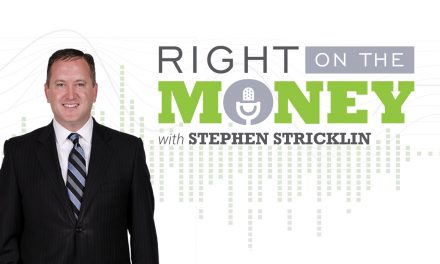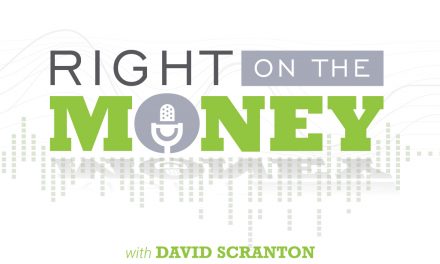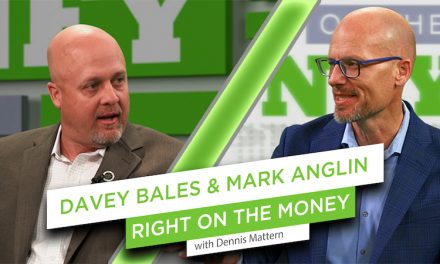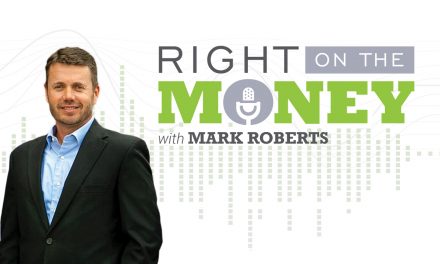Medical and Elder Care Costs May Be Deferred, but Not Eliminated
The baby boomers are changing society again! The children of the ’60s are now in their 60s. The new Medicare generation feels forever young, but youth is fleeting even for the most optimistic people group ever to enter retirement. Sooner or later—and perhaps it will be later—boomers will need some form of assisted home living. Maybe not nursing home care, but convalescent care at home. Watch the interview with registered investment advisor Anthony Cangemi.
There are basically three phases in retirement: The “Go-Go Years,” the “Slow-Go” Years and the “No-Go Years.” During the Go-Go Years, your discretionary spending is at its all-time high because you’re going out and going places all the time. But the Slow-Go Years begin to creep in as you value rest and relaxation more than spending the energy to go out. You still go out, but infrequently. Then, the No-Go Years arrive where there’s no place like home. Discretionary spending ends, spending on medical and elder care begins.
The baby boom generation is more likely to live longer than its proceeding generation. But many boomers have changed their behaviors over the years with better diet and exercise. Those changes could extend the typical life span an additional three to five years. Keep in mind the mortality revolution our society is experiencing has not been impacted with a major medical breakthrough—that is still to come. So, if 70 percent of seniors use some form of assisted living today, then living longer will only exacerbate the medical and elder care costs tomorrow. But their need for elder care will happen, perhaps in their 90s.
Some boomers have long-term care coverage, but not many. Others have long-term care hybrid insurance coverage via annuity and life insurance contracts. But most don’t have elder care coverage nor the assets to pay for it. What’s a boomer to do?
A primal retirement instinct among baby boomers is to eliminate mortgage payments before they retire and many do just that. Now enter the new pragmatism of geriatric living. Welcome to a plan that’s doable and if you don’t use it, you don’t lose it. Under HUD and insured by the FHA, the Home Equity Conversation Mortgage program or HECM, as it is known, has homeowners apply for a appreciating equity line of credit. HECM caps out at $625,500 of home value, so your equity line of credit is about half that. Contact a certified HECM loan officer to determine your equity line of credit. If you never use it, your equity line of credit continues to appreciate uncorrelated to the value of your home. But ultimately the odds are that you’ll use it.
Some savvy seniors have upgraded their homes using the appreciating line of credit for geriatric living to accommodate their physical conditions later in life like walk in tubs, slip-proof flooring in bathrooms, ramps instead of stairs, kitchen cabinet access, etc. All the upgrades are targeting morbidity events, accidents that the elderly are prone to experience.
But later in life you may need help in your home because nursing home facilities are the absolute last resort. Perhaps Visiting Angels or live-in grandchildren will be the new normal for elder care or nurses that make house calls. Whatever the costs, the appreciating line of credit can act as a money reserve or a budgetary backstop.
Consider the economics: no annual loan interest due. No 10-year pay back required. No cancelation of the equity line due to your home’s market devaluation. That being said, you do have to keep your home in good working order. You have to live in your HECM home as prime residence while you live. You have to be at least age 62 to qualify for an application.
All in all, a pretty good deal and you may never use it. But the odds are you will.
Syndicated financial columnist Steve Savant interviews retirement specialist and registered investment adviser Anthony Cangemi. Right on the Money Show is an hour long financial talk distributed to 280 media outlets, social media networks and financial industry portals.





